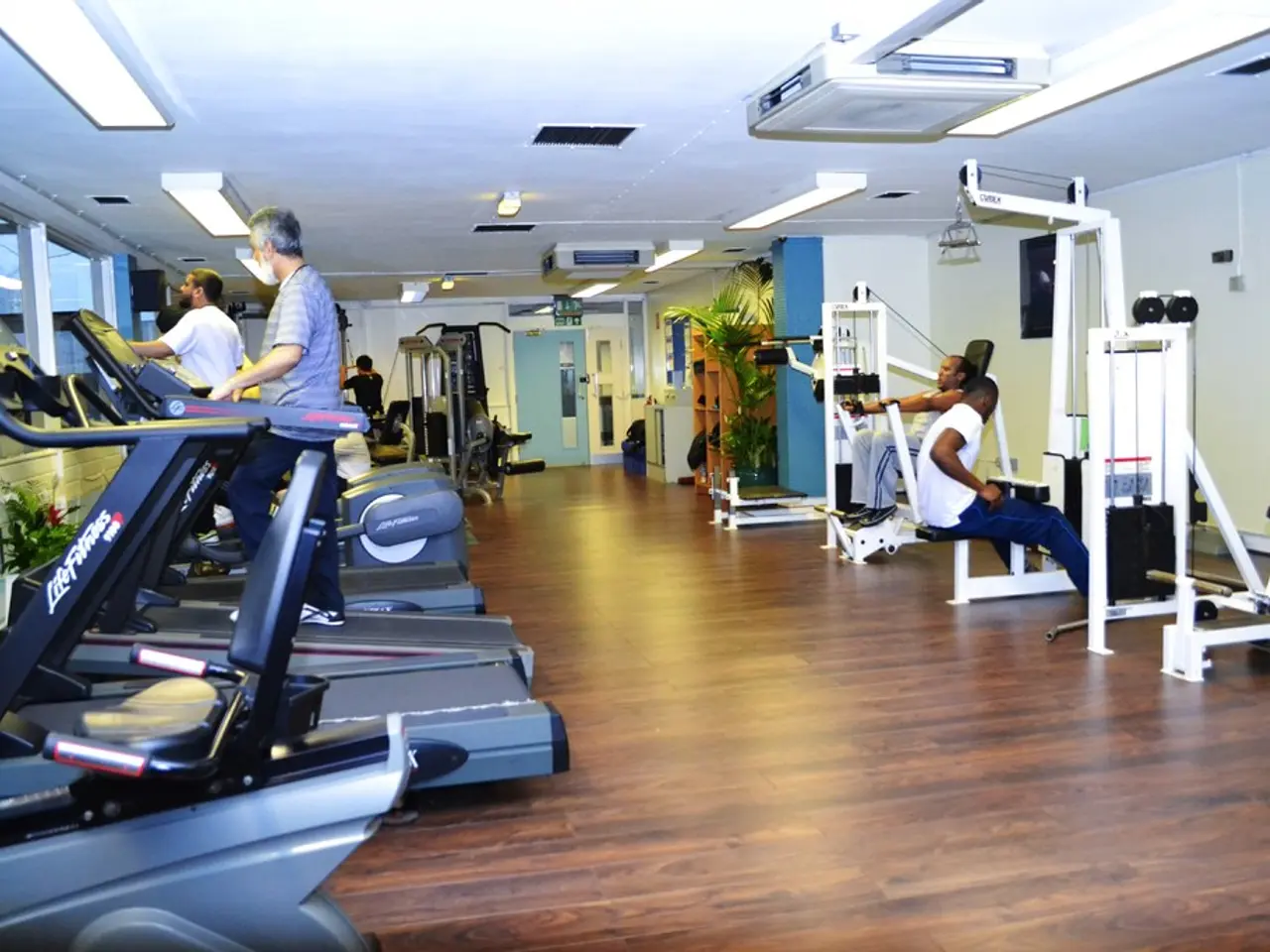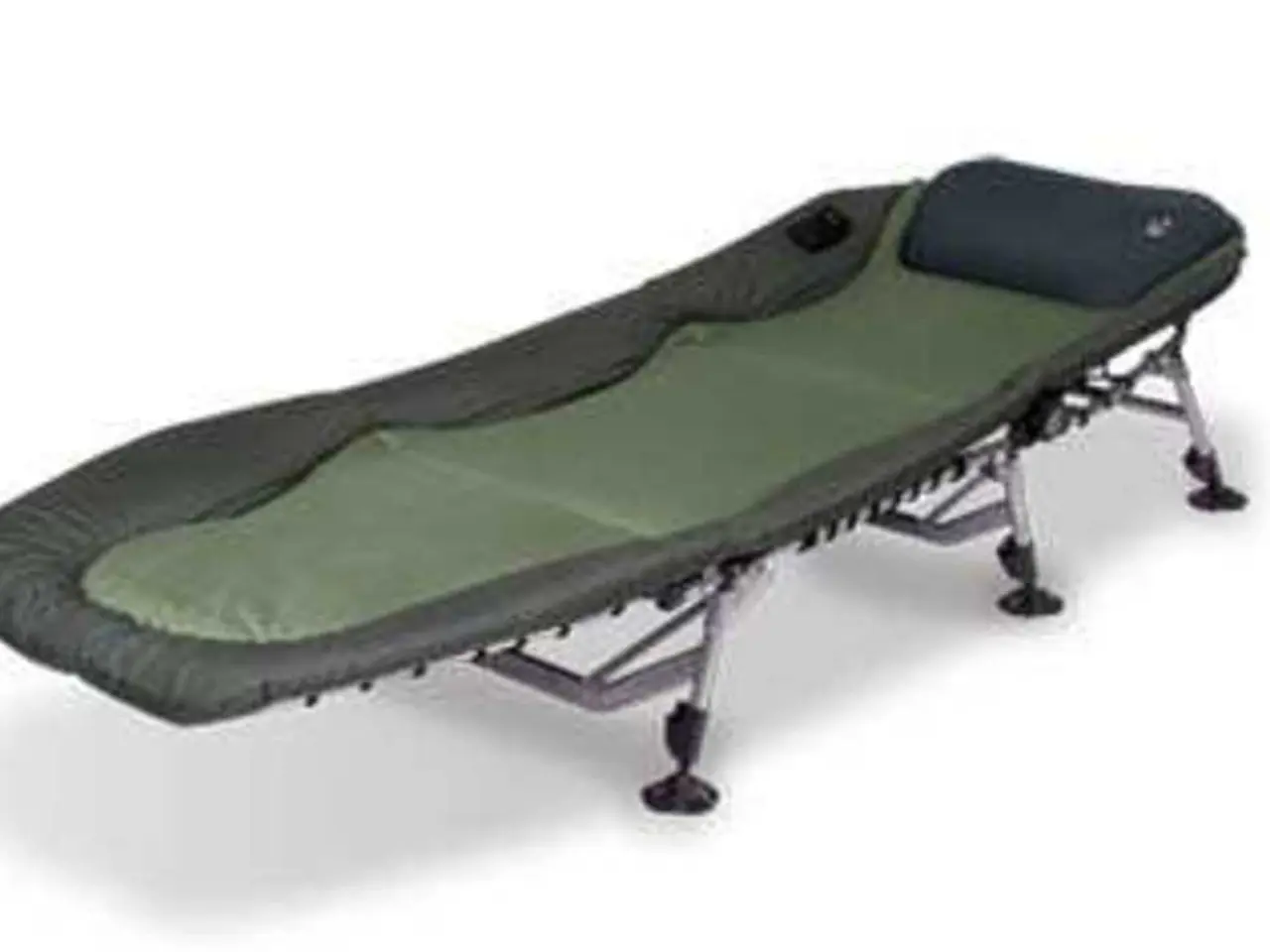Strategies for Employing Ergonomics to Minimize Hip Discomfort
A Fresh Spin on Hip Health: Ergonomics to the Rescue
Utilizing ergonomics can play a pivotal role in preventing and relieving hip pain. This field of study focuses on designing workspaces and activities that enhance human comfort and performance. Let's dive into practical tips to employ ergonomic techniques and safeguard your hip health.
Ergonomics Decoded: Its Role in Hip Pain Prevention
Inadequate ergonomics in your workspace or daily activities may lead to unnecessary stress on your hip joints, contributing to hip pain and discomfort. These prolonged strains can result in hip issues such as hip impingement, tendonitis, bursitis, or arthritis. By embracing ergonomics, we minimize the risk of developing these conditions and alleviate existing hip pain.
Perfecting Your Workspace: Ergonomic Essentials for Hip Health
If you find yourself spending a significant amount of time sitting at a desk or working on a computer, fashioning an ergonomic workstation is crucial to promote hip health:
- Invest in an adjustable chair that comfortably supports your lower back, boosts hips to a natural position, and maintains a 90-degree angle between hips and knees.
- Elbows and wrists should be at a 90-degree angle when typing, ensuring a neutral position. Consider an ergonomic keyboard and mouse for additional strain relief.
- Position your computer monitor at eye level to prevent neck strain; standing desks, monitor stands, or adjustable arms can help achieve optimal height.
- Take regular breaks, stand up, stretch, or engage in gentle exercises to improve blood circulation and relieve hip tension.
Adapting ergonomic principles is not limited to office spaces; apply them to any regular workspace, whether you work from home, or engage in manual labor.
Life Beyond the Workspace: Embracing Ergonomics for Hip Pain Prevention
Ergonomics extends beyond the office. Choose supportive footwear, opt for ergonomic bags, and practice proper body mechanics to minimize hip pain during your daily activities.
When Help is Needed: Professionals to the Rescue
If you're already experiencing hip pain, consider seeking help from healthcare providers, physical therapists, or ergonomic assessment experts. They can assess your condition, recommend specific strategies, and develop a tailored treatment plan to address your hip issues.
Don't let hip pain hamper your daily activities or quality of life. Embrace ergonomics, make necessary adjustments, and reap the benefits on your hip health. Remember, every small step counts!
For more information on back and hip pain treatment, head over to our clinic.
Insights:
- To prevent hip pain in a sedentary lifestyle, prioritize ergonomic seating aids, use footrests to ensure feet support, and incorporate regular movement breaks.
- Another technique is standing on a perching stool or ergonomic leaning chair during long periods of standing to lessen hip pressure.
- Optimize your workstation by adjusting its height appropriately, making sure frequently used tools are within easy reach, and creating a setup that fits your body well.
- Good posture is vital in maintaining a neutral spine, avoiding slouching and excessive sitting. Stretches and exercises focusing on hip flexors, hamstrings, glutes, and lower back can improve support and flexibility.
- Proper lifting techniques, such as bending at the knees and hips rather than the waist, distribute the load evenly and minimize stress on hip joints.
- Healthcare professionals and ergonomic assessment experts can provide personalized recommendations for workspace adjustments and daily activities to enhance hip health.
- Embracing ergonomics doesn't just apply to office spaces; to prevent hip pain during daily activities, opt for supportive footwear, consider ergonomic bags, and practice proper body mechanics.
- Good mental health is vital for overall wellness. Practicing stress-reducing exercises, consuming a balanced diet for proper nutrition, and engaging in regular fitness and exercise routines can contribute to better mental health and hip health.
- In addition to workspace adjustments, adopting ergonomic principles in your fitness and exercise routines can help alleviate hip pain. For instance, focusing on exercises that promote core strength and flexibility, like yoga and Pilates, can reduce hip strain and improve hip health.




